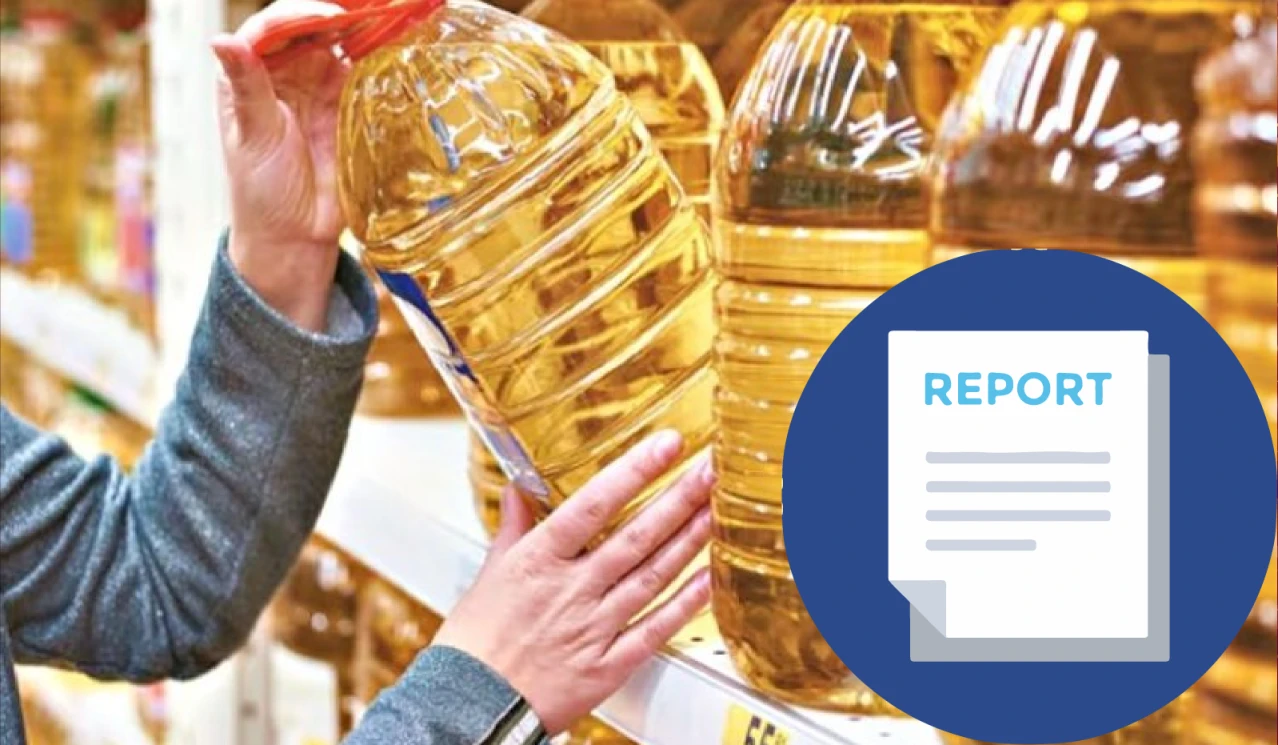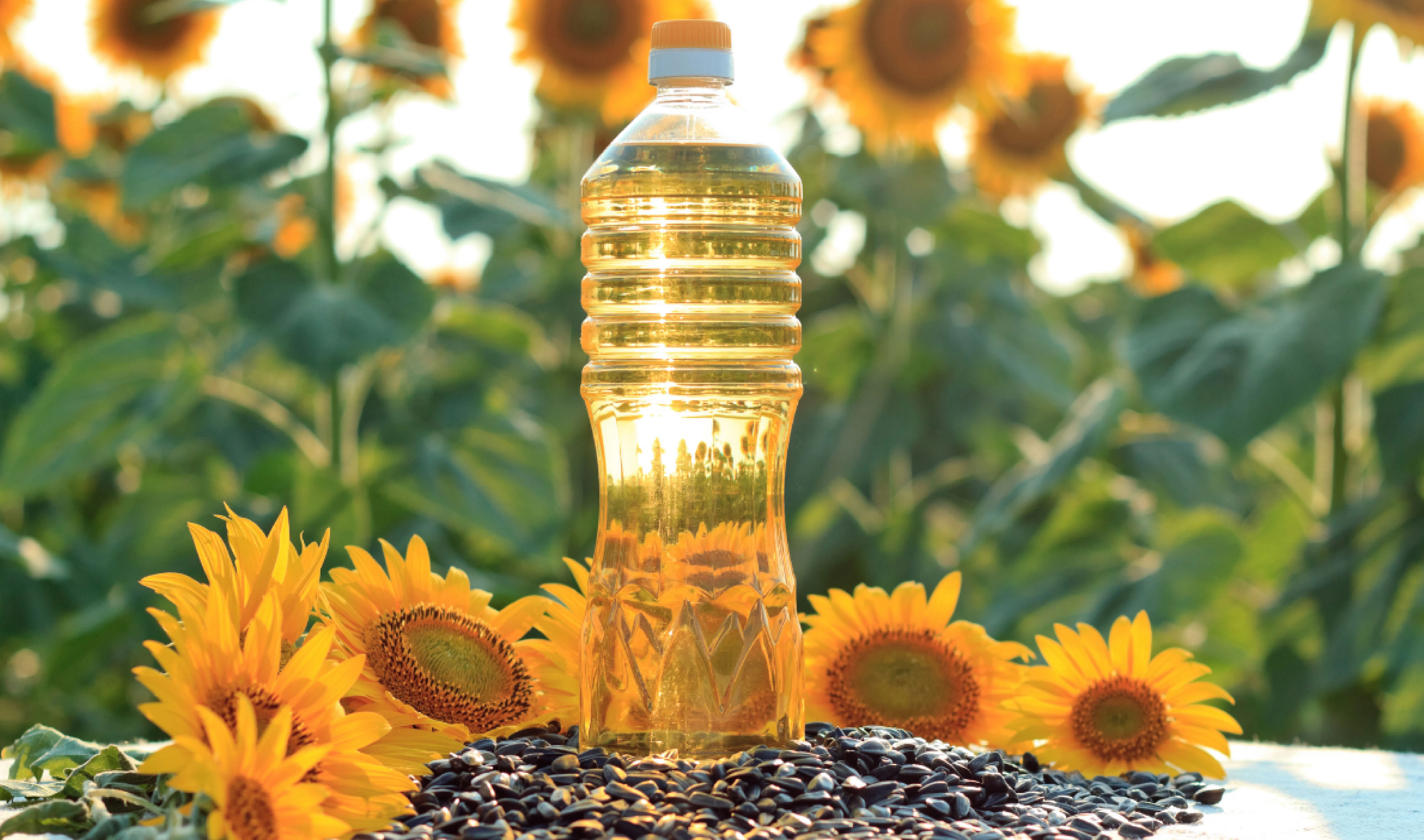Why in news?
The Union cabinet approved National Mission on Edible Oils – Oilseeds (NMEO-Oilseeds) for seven-year period, from 2024-25 to 2030-31.
About National Mission on Edible Oils – Oilseeds
- Targets for 2030-31:
- Increase primary oilseed production to 69.7 million tonnes (from 39 million tonnes in 2022-23).
- Increase domestic edible oil production to 25.45 million tonnes and meet around 72% of our projected domestic requirement together with NMEO-OP (Oil Palm).
- Expand oilseed cultivation by an additional 40 lakh hectares by targeting rice and potato fallow lands, promoting intercropping, and promoting crop diversification.
- Focus:
- Increasing the production of key primary oilseed crops such as Rapeseed-Mustard, Groundnut, Soybean, Sunflower, and Sesamum
- Enhancing extraction efficiency from secondary sources like Cottonseed, Rice Bran, and Tree Borne Oils.
- Key features of the Scheme
- 'Seed Authentication, Traceability & Holistic Inventory' (SATHI) Portal: For an Online 5-year rolling seed plan for timely availability of seeds.
- It will enable states to establish advance tie-ups with seed-producing agencies, including cooperatives, Farmer Producer Organizations (FPOs), and government or private seed corporations.
- Development of 600 Value Chain Clusters across 347 unique districts, covering more than 10 lakh hectares annually.
- Farmers in these clusters will have access to high-quality seeds, training on Good Agricultural Practices (GAP), and advisory services on weather and pest management.
- Other features:
- Adoption of high-yielding high oil content seed varieties.
- Utilization of advanced technologies like genome editing for the development of high-quality seeds.
- Setting up of 65 new seed hubs and 50 seed storage units in public sector.
- Information, Education, and Communication (IEC) campaign for awareness of recommended dietary guidelines for edible oils.
- Support to FPOs, cooperatives, and industry players to establish or upgrade post-harvest units.
- 'Seed Authentication, Traceability & Holistic Inventory' (SATHI) Portal: For an Online 5-year rolling seed plan for timely availability of seeds.

Need for self-sufficiency in Edible Oil
- Importance: Oilseeds are the second-largest crop category in India after food grains, with nine annual oilseed crops cultivated across diverse agro-ecological conditions.
- Increasing demand: Urbanization and increasing Average Monthly Per Capita Consumption Expenditure (MPCE) in India is expected to increase the consumption of processed foods high in edible oil content.
- Increasing import dependence: India is heavily reliant on imports which account for 57% of its domestic demand for edible oils.

Challenges in attaining self-sufficiency in Edible Oil in India
- Lower yield per hectare: The yield gap is primarily due to other countries using genetically modified (GM) herbicide-tolerant varieties.
- Cultivation challenges: 76% of oilseed cultivation is rainfed, making it vulnerable to biotic and abiotic stresses.
- Crop-specific concentrations: Production of specific oilseeds is concentrated in certain states, calling for policies to encourage more balanced and resilient cultivation.
- E.g. Gujarat, Rajasthan, Tamil Nadu, Andhra Pradesh, and Karnataka collectively contribute 83.4% of the country's total groundnut production.
- Demand-Supply Gap: India is projected to maintain high import growth of vegetable oils to meet growing domestic demand.
- Low contribution to global palm and sunflower oil production.
Other Steps taken for self-sufficiency
|
Conclusion
The NMEO-Oilseeds will help increase domestic oilseed output and support hard-working farmers by developing value chain clusters, providing high-yielding, high-oil content seed varieties, and improving overall infrastructure such as seed hubs, seed storage units etc. Furthermore, expanding oilseed cultivation to fallow regions, investments in research and data-driven approaches, as well as public-private partnerships, can be explored to transform the sector.






